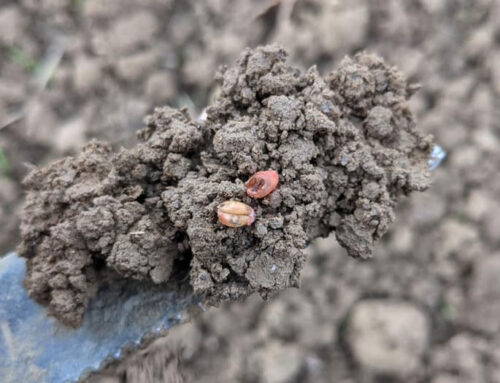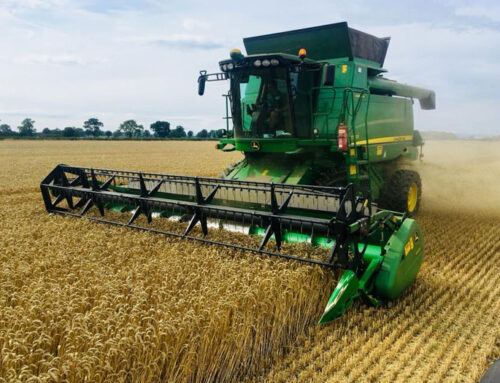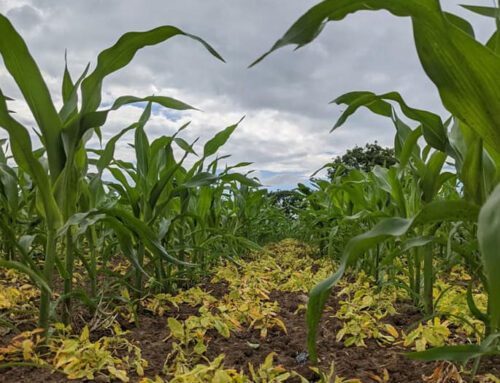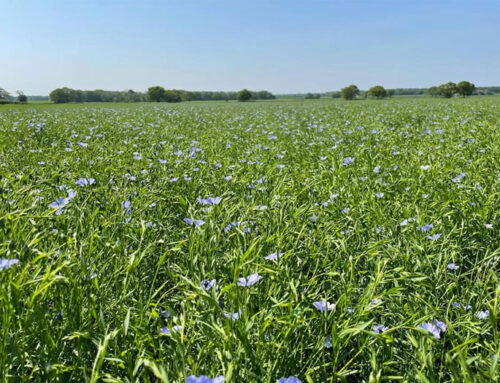Harvest is all but finished here in North Yorkshire, the last few stragglers of spring barley are to be mopped up while spring beans are just about ready to cut. In all yields are what we expected need I say any more? The wet spell came at the wrong time and by the time crops had dried out spring barleys were rotten ripe, this resulted in a large volume of heads brackleing off and littering the soil surface. In a normal year this would be a headache for many growers however after this year just getting the field clear is the main goal. Social distanced conversations are about who has the lowest volume of straw, I even have clients attempting another cop of hay with the aim that if the quality is poor at least they can sell it for bedding.
Oilseed rapes are romping away, and most have now received some form of herbicide with a graminicide included in the mix. Some blackgrass flushes now resemble a bowling green and sheets for clethodim have been left and will be applied imminently. I am pleased to report very few of my OSR crops this year have yet to receive an insecticide, and with the stage of them now treatment is looking unlikely. Dare I say it, some may be needing a flock of pigeons to set up camp over the winter to keep them from being mistaken for Kale.
No sooner were the combines exiting the field and the cultivation gang were nipping at their heels. Seed beds were being easily prepared and try as I might the pressure to drill early is huge. September the 23rd 2019 is firmly carved into our memories as the start of the monsoon which engulfed us last year. Despite all the good science on delayed drilling and blackgrass here in the north delays to mid-October drilling means little or no wheat in the ground. As in all situations it is a marriage of compromise those fields with the high number of spring barley heads on the floor we will be forced into some pre-chit cultivation. Soil conditions are still warm, and moisture is in abundance so a green tinge should appear in 10 days.
With soil conditions looking favourable farmers are starting to drill picking off the low or no blackgrass fields first and starting to correct the rotations which 2020 ruined. As cereals start to be sown herbicide programmes closely follow on the job list. Relatively clean fields will be receiving a pendimethalin and diflufenican mix pre emergence if possible, with potential to delay applications on lighter sandy soils to early post, this approach tends to be kinder to the emerging crops. Where blackgrass is the main driver , programmes will be based around 240 g/ha flufenacet with stacks of other actives as deemed appropriate. Levels of historical blackgrass populations and new weed growth will determine whether a flufenacet top up will be needed. It is however more reassuring to see that at the time of writing the future forecast looks good with a slight upset in the weather mid-week, this in all honesty will be more of a help than a hindrance helping some of the rampaging OSR crops tick along nicely.
Linseed seems to be making a resurgence in the north with all crops now in the ground and the last pre emergence sprays applied roughly 10 days ago.




